Complete Solutions to JEE Main And Advanced of chapter ALKYL HALIDES of Class 12 book with complete answers and questions
| Class 12 | CHEMISTRY |
| Chapter | ALKYL HALIDES |
| IIT-JEE PREVIOUS YEAR | JEE Main And Advanced |
| Number Of Questions | 65 |
| Academic Year | 2023-24 |
The increasing order of reactivity of the following halides for the `S_(N)1` reaction is
`I.CH_(3)CH(CI)CH_(2)CH_(3)`
`II . CH_(3)CH_(2)CH_(2)Cl`
`III. p. -H_(3)CO-C_(6)H_(4)-CH_(2)Cl`
View SolutionWhich of the following , upon treatment with tert-BuONa followed by addition of bromine water , fails to decolourise the colour of bromine ?
View Solution3-menthyl-pent-2-ene on reaction with HBr in presence of peroxide forms an addition product. The number of possible stereoisomers for the product is
View SolutionThe major product obtained in the following reaction is
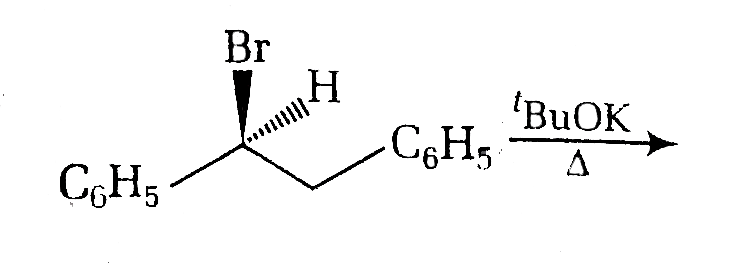
View Solution2-chloro-2-methylpentane on reaction with sodium methoxide in methanol yields:
(a) `C_(2)H_(5)CH_(2)overset(CH_(3))overset(|)underset(CH_(3))underset(|)(C)-OCH_(3)` (b) `C_(2)H_(5)CH_(2)underset(CH_(3))underset(|)(C)=CH_(2)` (c) `C_(2)H_(5)CH_(2)=underset(CH_(3))underset(|)(C)-CH_(3)`
View SolutionThe product of the reaction gives below is:
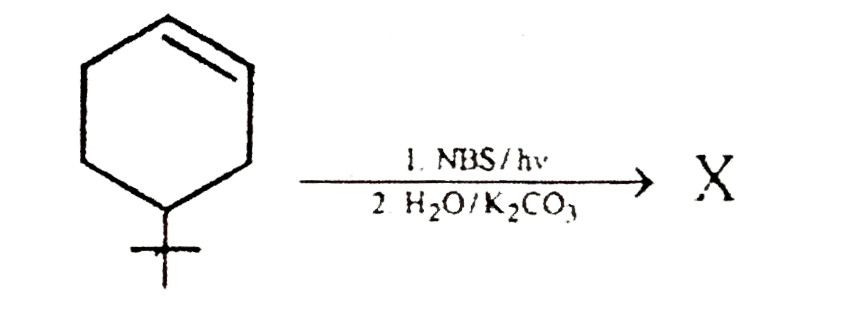
View SolutionThe synthesis of alkyl fluoride is best accomplished by:
View SolutionIn `S_(N)2` reactions, the correct order of reactivity for the following compounds:
`CH_(3)CI,CH_(3)CH_(2)CI,(CH_(3))_(2)CHCI` and `(CH_(3))_(2)C CI` is:
View SolutionMatch the chemical conversion in List-I with the approprotae reagents in List-II and select the correct answer using the code given below this list-
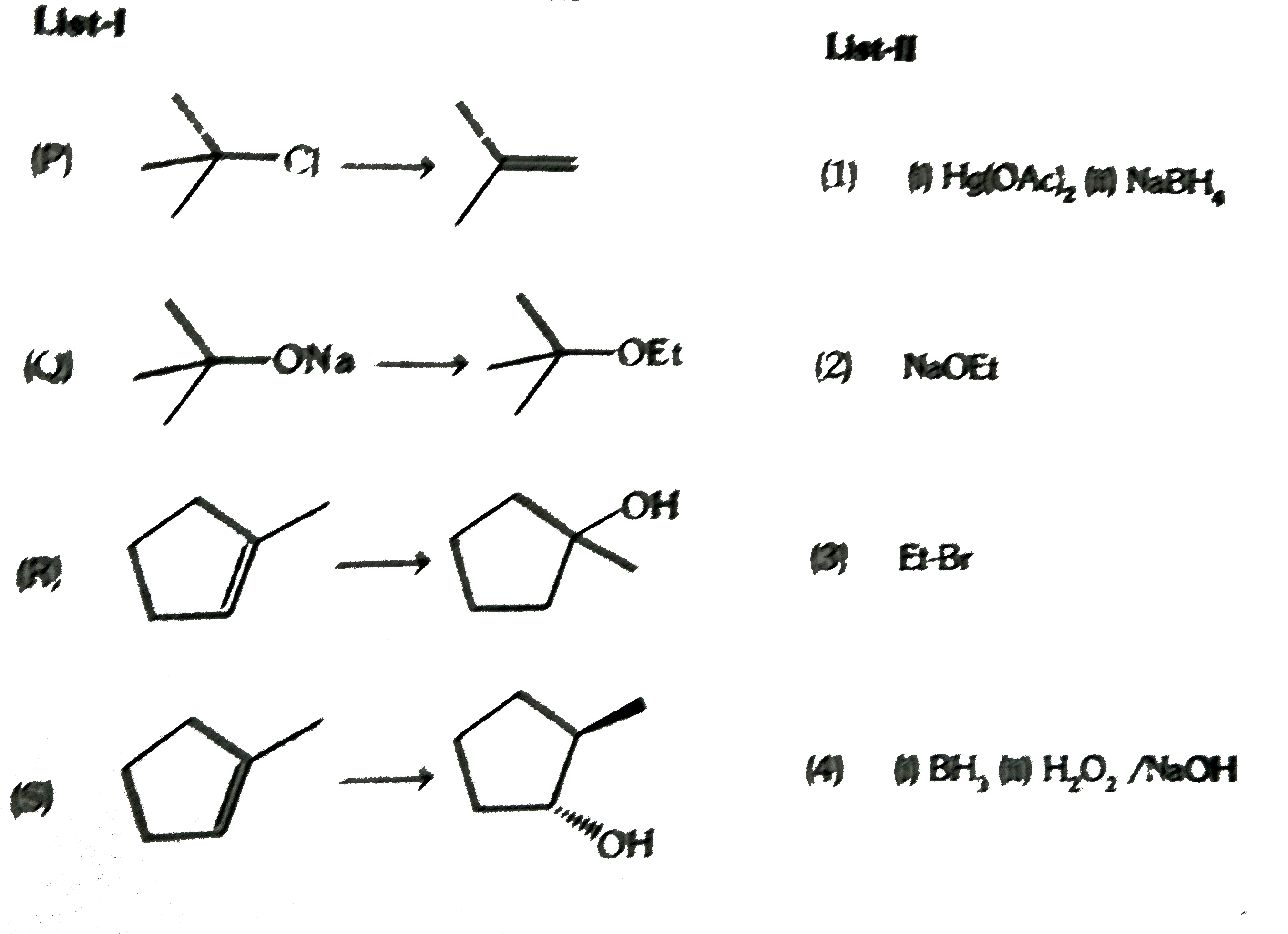 ,
,
View SolutionKI in acetone, undergoes `S_(N)2` reaction with each of `P,Q ,R` and S The rates of the reaction very as
`underset(P)(H_(3)C-Cl)` .
.
View SolutionThe major product of the following reaction is
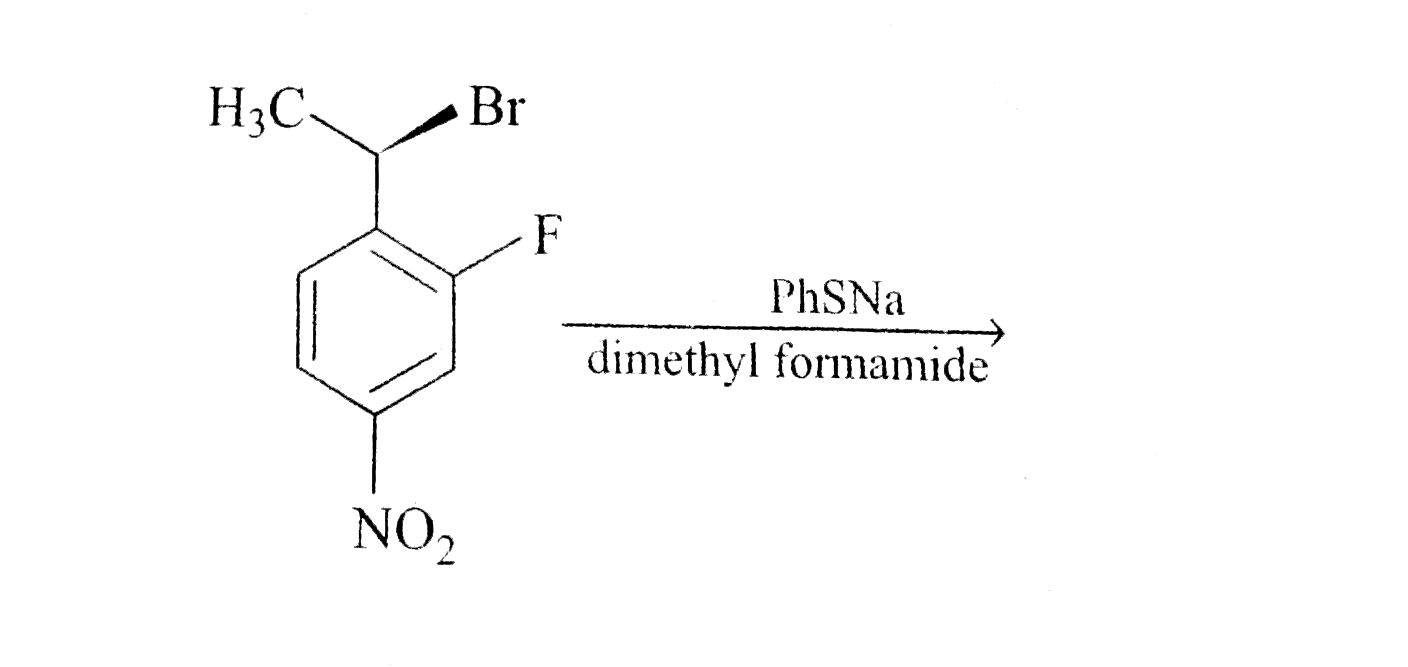
View SolutionThe following compound on hydrolysis in equeous acetone will give .
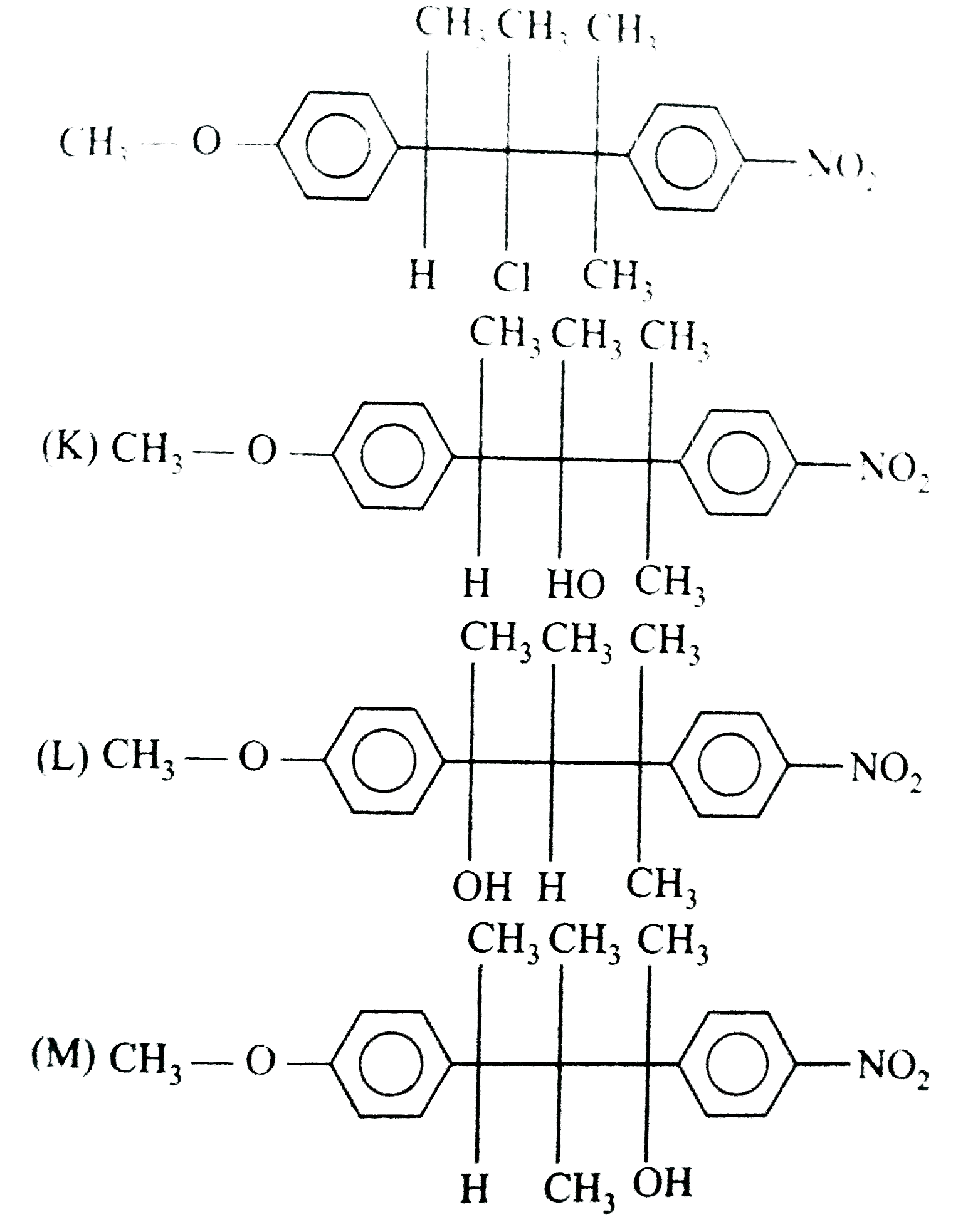
View SolutionThe product of following reaction is
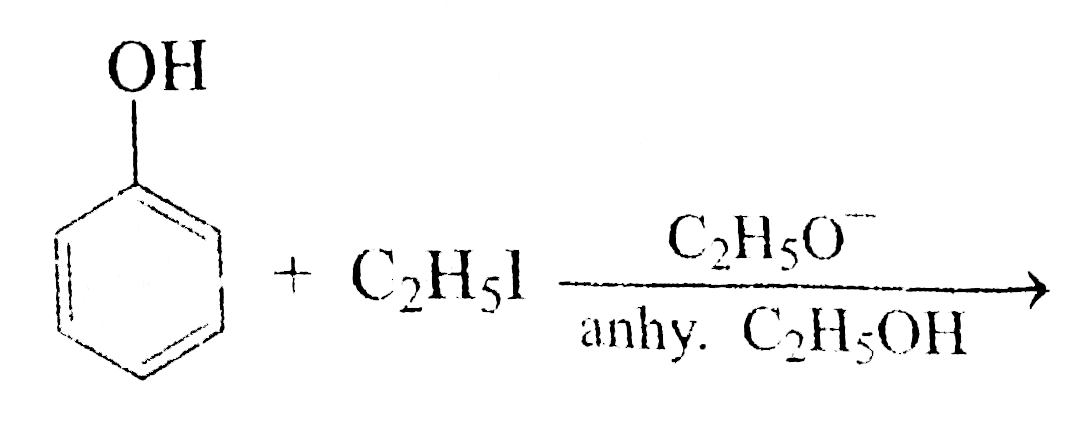
View SolutionIdentify the set of reagents `//` reaction conditions `'X'` and `'Y'` in the following set of transformations.
`CH_(3)-CH_(2)CH_(2)Br overset(X)rarr P r od uct overset(Y)rarr`
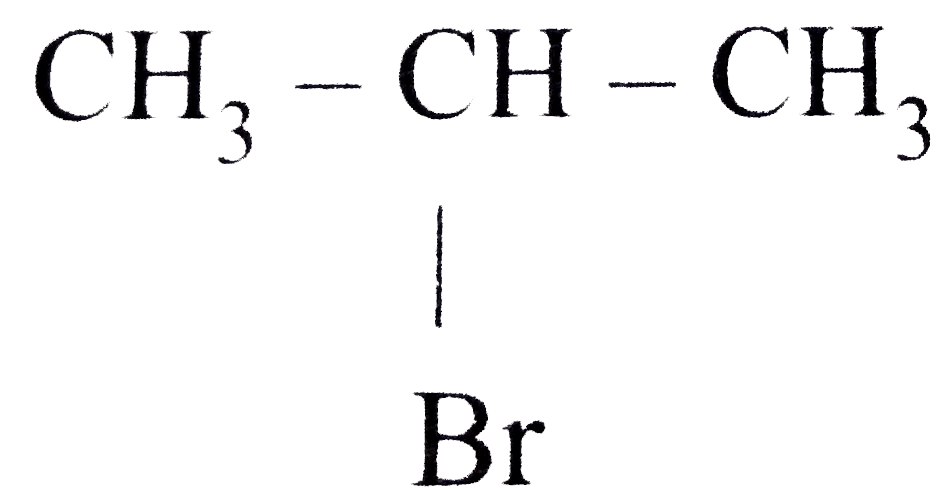
View SolutionThe compound that will react most readily with `NaOH` to from methanol is
View SolutionAn `SN^2` reaction of an asymmetric carbon of a compound always gives :
View SolutionThe order of reactivities of the following alky halides for an `S_(N)2` reaction is .
View SolutionWhich of the following has the highest nucleophilicity
View SolutionA solution of (+)2-chloro-2-phenylethane in toluene racemises slowly in the presence of small amount of `SbCI_(5)` due to the formation of-
View SolutionWhich of the following is an organometallic compound?
View Solution`(CH_(3))_(3) CMgCl` on reaction with `D_(2)O` produces
View SolutionWith alcoholic potash, `C_4H_8Cl_2` (A) gives `C_4H_6` (B), which reacts with ammoniacal cuprous chloride. Identify the compounds (A) and (B).
View Solutionn-Propyl bromide on treatment with ethanolic potassium hydroxide produes .
View SolutionThe reaction conditions leading to the best yield of `C_(2)H_(5)Cl` are
View SolutionFor the following compounds, the correct statement (s) with respect to nuclephilic substitution reaction is (are)

View SolutionCompound (S) that on hydrogenation product (S) optically inactive compound (s) `"is" //"are"`
View SolutionIn the following reaction , the major product is

View SolutionThe compound(s ) used as refrigerant are
View SolutionMatch the following :
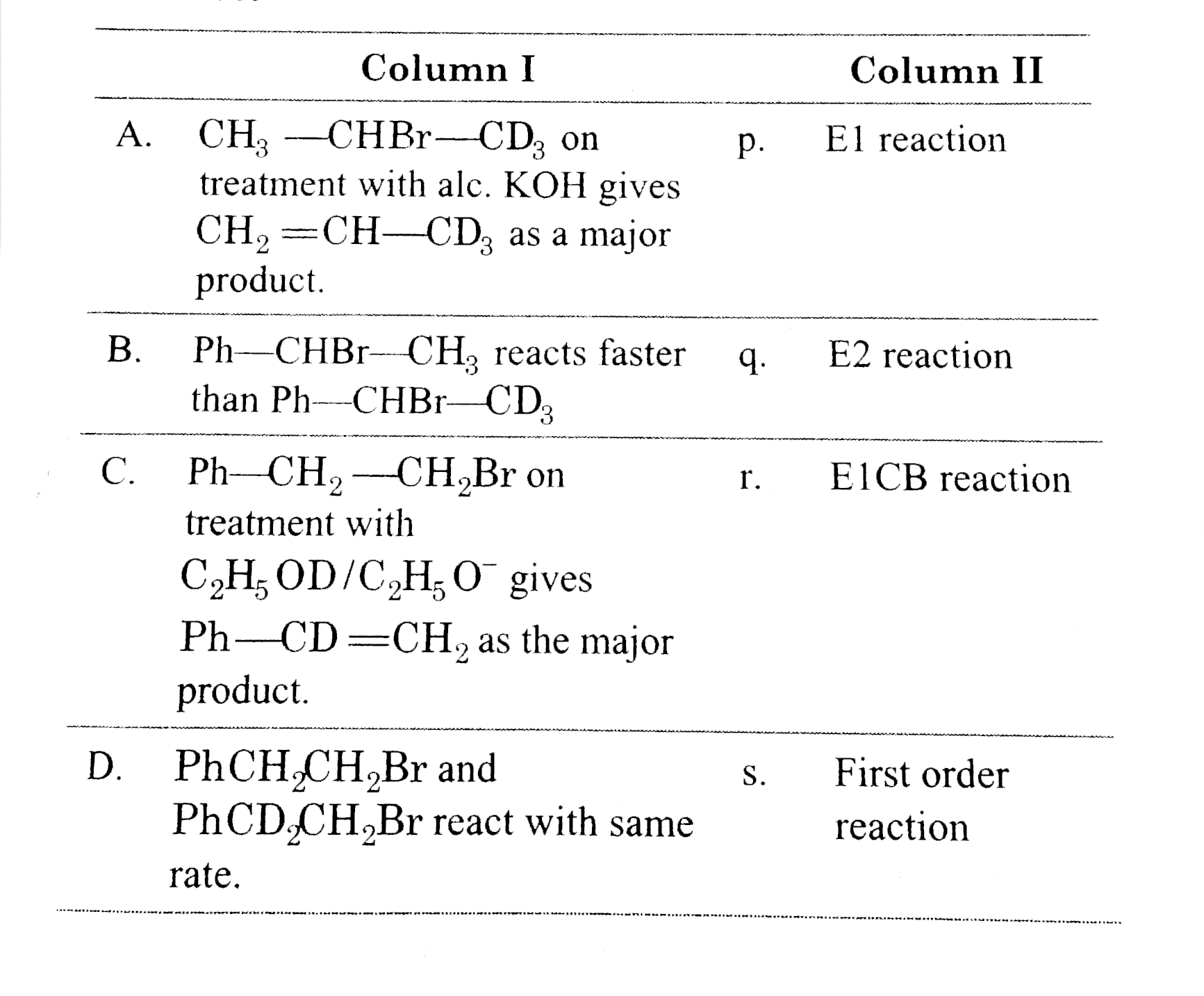
View SolutionVinyl chloride on reaction with the dimethyl copper gives.............
View SolutionThe starting material for the manufacture of polyvinyl chloride is obtained by reacting HCl with .........
View SolutionThe halogen which is most reactions , in the halogenation of alkanes under sunlight is .........
View SolutionPhotobromination of 2-methylpropane gives a mixture of 1-bromo-2-methyl propane in the ratio `9:1`.
View SolutionDuring `SN^1` reactions, the leaving group leaves the molecule before the incoming group is attached to the molecule.Explain
View SolutionThe reaction of vinyl chloride with hydrogen iodide to give 1-chloro-1-iodoethane is an example of anti-Markownikoff's rule.
View SolutionIodide is a better nucleophile than bromide.Explain
View SolutionCarbon tetrachloride is inflammable.
View SolutionCarbon tetrachloride burns in air when lighted ti give phosgene.
View SolutionIn the following monobromination reaction, the number of possible chiral products is

View SolutionThe total number of alkenes possible by dehydrobromination of 3-bromo-3-cyclopentylhexane using alcoholic `KOH` is
View SolutionIdentify X,Y and Z in the following synsthetic scheme and write their structures
`CH_(3)CH_(2)C=CHunderset((ii) CH_(3)CH_(2)Br)overset((i)NaNH_(2))rarr X`
`Xoverset(H_(2)//pd-BaSO_(4))rarr Y underset(KMnO_(4)) overset("alkaline") rarr Z`
View SolutionWhat would be that major product in each of the following reactions ?
i. `CH_(3)-overset(CH_(3))overset(|)underset(CH_(3))underset(|)C-CH_(2)Br overset(C_(2)H_(5)OH)underset(Delta)rarr`
ii.
View SolutionWrite the structures of the products :
`C_(6)H_(5)CH_(2)CHClC_(6)H_(5) overset("Alc.KOH") rarr`
View SolutionWhich of the following is the correct method for synthesising methyl-t-butyl ether and why ?
i. `(CH_(3))_(3)CBr+NaOMe rarr`
ii. `CH_(3)Br+NaO-t-Bu rarr`
View SolutionPredict the structure of the product in the following reaction
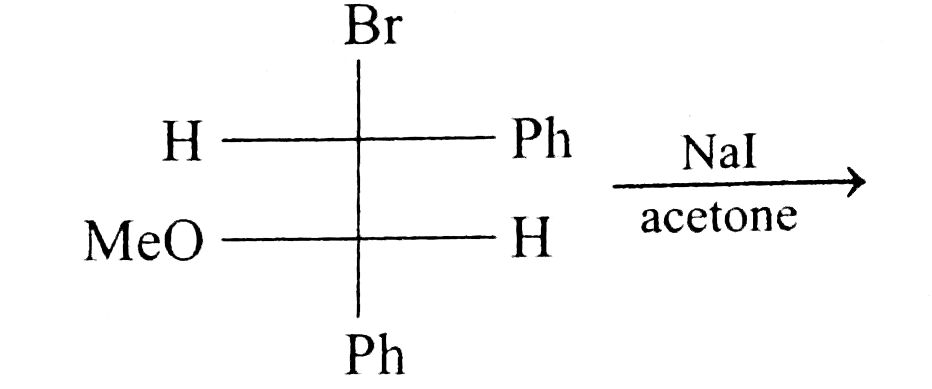
View SolutionOptically active 2-iodo butane on treatment with `NaI` in acetone gives a product which does not show optical activity. Explain briefly.
View SolutionDraw the stereochemical structure of the product in the following reaction.

View SolutionAryl halides are less reactive towards nucleophilic substitution reaction as compared to alyl halides due to
View SolutionIdentify the major product in the following reaction.

View SolutionWrite the structures of the major organic product expected from each of the following reactions :
(i)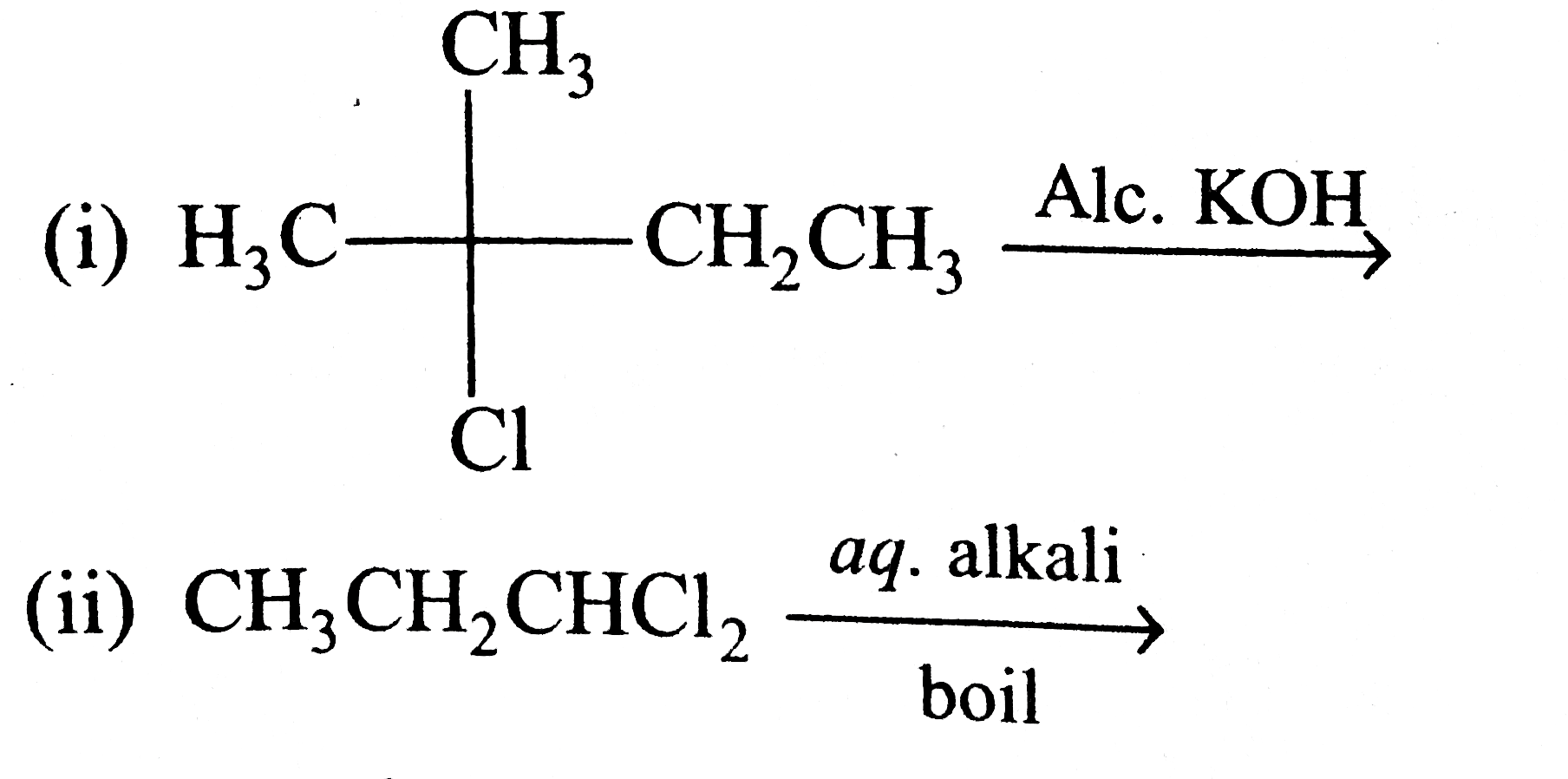
(ii) `CH_(3)CH_(2)CHCl_(2)underset("boil")overset("aq.alkali")rarr`
View SolutionArrange the following in order of their
(i) Increasing basicity
`H_(2)O,OH^(-),CH_(3)OH,CH_(3)O^(-)`
(ii) Increasing reactivity in nucleophilic substitution reactions
`CH_(3)F,CH_(3)l,CH_(3)Br,CH_(3)Cl`
View SolutionChloroform is stored in dark coloured bottles. Explain in not more than two sentences.
View SolutionShow by chemical equations only, how would you prepare the following from the indicated starting materials ? Specify the reagents in each step of the synthesis.
(i) Chloroform from carbon disulphide.
(ii) Hexachloroethane `(C_(2)Cl_(6))` from calcium carbide.
View SolutionArrange the following compounds in decreasing order of number of alkene isomers that could be produced by the reaction of each of the following with boiling solution of ethanolic KOH
I. 1-bromobutane
II. 3-bromopentane
III. 3-bromo-3-methylpentane
IV. 3-bromohexane
View SolutionFor the follwing isomeric chlorides, what will be the increasing order of reactivity in `S_(N)2` reaction ?
I. 4-chlorobutene
II. 1-chlorobutene
(iii) 1-chloro-2- butene
2-chlorobutene
View Solution`AC_(6)H_(14)O` chiral alcohol is converted to a bromide by treatment with `PBr_(3)`. Reaction of this bromide, first with Mg in ether , followed by quenching in 0.1NHCl produces an achiral `C_(6)H_(14) ` hydrocarbon. Which of the following is the original alcohol?
View SolutionConsider the `S_(N)1` solvolysis of the following `1^(@)`-alkyl chlorides in aqueous ethanol.
I. `CH_(3)CH_(2)CH_(2)Cl`
II. `CH_(2)=CHCH_(2)Cl`
III. `CH_(3)OCH_(2)Cl`
iv. `CF_(3)CF_(2)CH_(2)Cl`
What is the order of decreasing reactivity ?
View SolutionIn the `S_(N)2` reaction of iodide ion with ` (CH_(3))_(2)CHCH_(2)CH_(2)X`, what is the order of decreasing reactivity for the following X substituents ?
I. `X=-OH " " ` , II. `X=CH_(3)CO_(2)^(-)`
III `X=CF_(3) SO_(3)^(-) " " ` ,IV. `X=CCl_(3)CO_(2)^(-)`
View SolutionThe nucleophile producing functional isomers on reaction with `ul(n)`- butyl bromide
View SolutionReaction of 1,4 - dibromobutane with Mg turnings in ether gives the bis-Grignard's reagent, `BrMgCH_(2)CH_(2)CH_(2)CH_(2) Mg Br` . What is the product from the reaction of meso-2,3-dibromobutane with Mg under the same conditions ?
View SolutionThe `S_(N)2` reaction of 1-chloro-3-methylbutane with sodium methoxide is relatively slow , but can be accelerated by the addition of a small amount of Nal . How is this catalysis best explained ?
View SolutionAssertion When 3- bromo propene , which contain a labelled `.^(13)C` at C-1 position is refluxed with the methanol, following products were obtained
`H_(2)overset(13)C=CH-CH_(2)Brunderset(CH_(2)OH) overset("boil")rarr`
`H_(2)overset(13)C=CH-CH_(2)OCH_(3)+H_(2)C=CH-overset(13)C " "H_(2)OCH_(3)`
Reason Methanol has an acidic proton bonded to oxygen .
View SolutionMatch the quantity of column I with the quantity of column II:
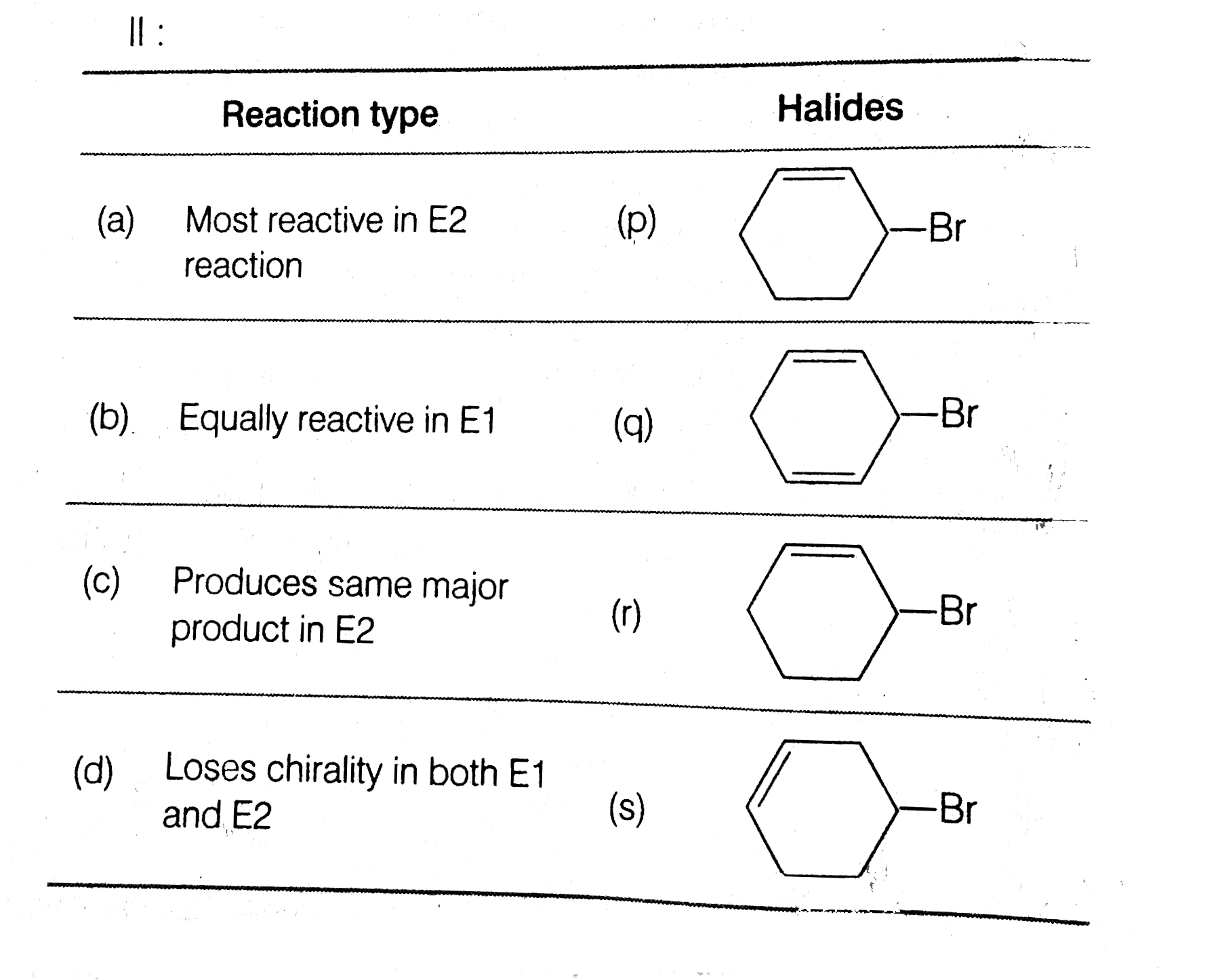
View Solution1,3-dichlorocyclopentane exist in three stereo isomeric forms, of which only two are chiral. If one mole of its achiral stereomer is treated with exactly one mole of its achiral stereomer is treated with exactly with exactly one mole of `NaOH` in aquenous medium and , only mono substitution `(S_(N)2)` and mono-elimination(E2) occur producing chloro-cyclopentanol and chlorocyclopentene, how many different products are expected ?
View SolutionIn the following reaction, how many different `S_(N)2` products would be formed ?

View Solution
JEE Main And Advanced questions and complete solutions for chapter ALKYL HALIDES of IIT-JEE PREVIOUS YEAR (CHEMISTRY) of Class 12